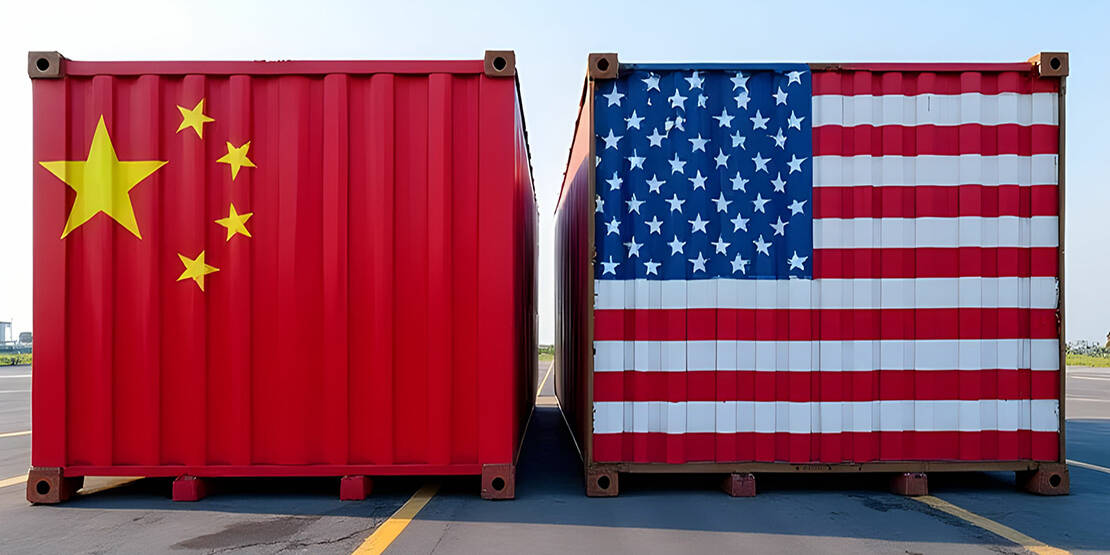Ocean freight carriers are currently short in the vessel capacity needed to fully supply services around the Cape Of Good Hope.
According to a recent report in The Loadstar, the temporary longer transit times require more vessels than the Red Sea route, and despite record numbers of new build containerships arriving in the past few months, the report suggests they are still around 400,000 teu short of the capacity needed.
With transit times being 10-14 days longer in both directions, around 3-4 additional vessels are required to maintain weekly scheduled services on every loop from Asia to Europe.
During the course of last year, new build containerships were entering service at an incredible rate and that flow has not stopped this year. January saw a record 300,000 teu of new tonnage arrive and another 200,000 was delivered in February.
Therefore, carriers are quickly plugging the gaps needed to maintain the temporary schedules, but the ‘elephant in the room’ is what happens when the Red Sea route becomes safe again, as it surely will at some stage.
If this happens in the near future, while demand for product from Asia remains relatively low, then we are likely to see a period of massive over capacity. Perhaps carriers are banking on the Red Sea situation continuing for a considerable time and hoping that Asia trade picks up during the process.
Whatever the future holds, this does seem to highlight the complexities that carriers are facing with capacity management.
If you have any questions regarding the above, then Westbound are here to help. So, please do not hesitate to contact us.

Become a Westbound VIP
From simpler bookings, communication, and collaboration to reporting, insights, and more, our intuitive cloud platform puts everything in one place. So you get control, efficiency, and transparency, and a launchpad for your supply chain.
Related Posts
29/05/2025
Court Rules Trump Overstepped on ‘Liberation Day’ Tariffs
A federal court in New York has ruled…
28/05/2025
Transpacific Ocean Freight Rates Surge Due To Tariff Postponement
Following the 90-day tariff pause…
13/05/2025
US-China Trade Relations Reset With 90-Day Tariff Suspension
President Donald Trump has announced a…


